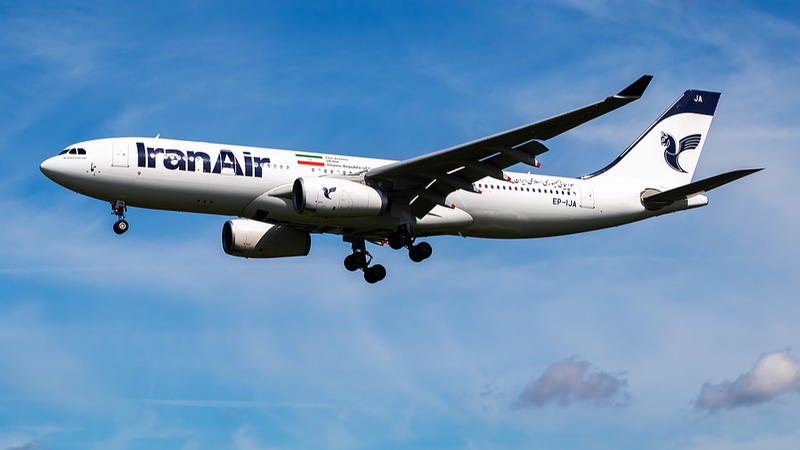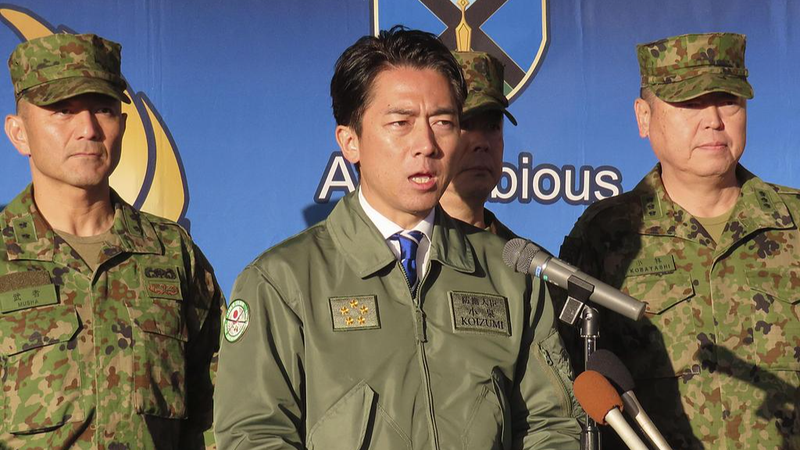After a tense 12-day conflict with Israel, Iran's Civil Aviation Organization (CAO) announced Saturday that all remaining restrictions on its airspace have been lifted. Domestic and international flights are now operating at pre-war levels, marking a swift return to normalcy in the region’s skies.
The airspace closure began on June 13 following Israeli airstrikes on Tehran and other areas. A ceasefire on June 24 ended hostilities, setting the stage for a phased reopening that kicked off on June 26. By July 17, all airports except Tehran’s Mehrabad International Airport were back to full service.
“From now on, all airlines and travel agencies can once again offer 24-hour flight services and ticket sales,” the CAO statement read. Mehrabad, which had been running on a limited schedule between 4:00 a.m. and 7:00 p.m. local time, now joins the country’s other airports in 24/7 operations.
For business travelers and cargo operators, the reopening signals a revival of vital trade routes and supply chains. Regional air traffic data often serve as an early barometer of economic confidence, and industry watchers will be on the lookout for a surge in flight bookings in the coming weeks.
Young global citizens and digital nomads eager to explore Iran can now plan trips without worrying about sudden airspace closures. With airlines ready to reconnect cities from Tehran to Tabriz, the Middle East’s skies are once again open for takeoff.
As tensions ease, Iran’s full airspace reopening not only restores crucial travel and trade links but also highlights how swiftly regional dynamics can shift—and how closely aviation networks reflect those changes.
Reference(s):
cgtn.com




